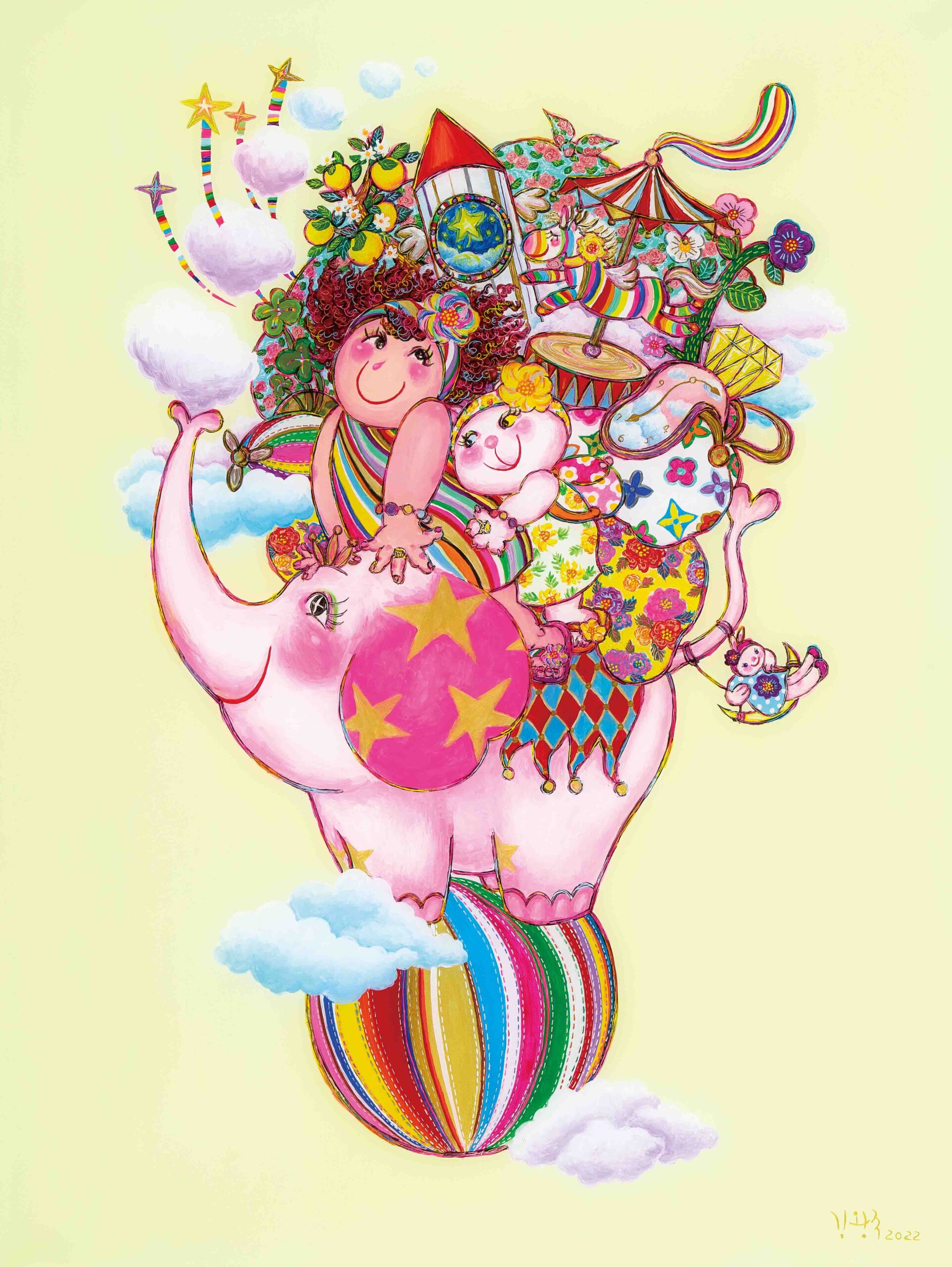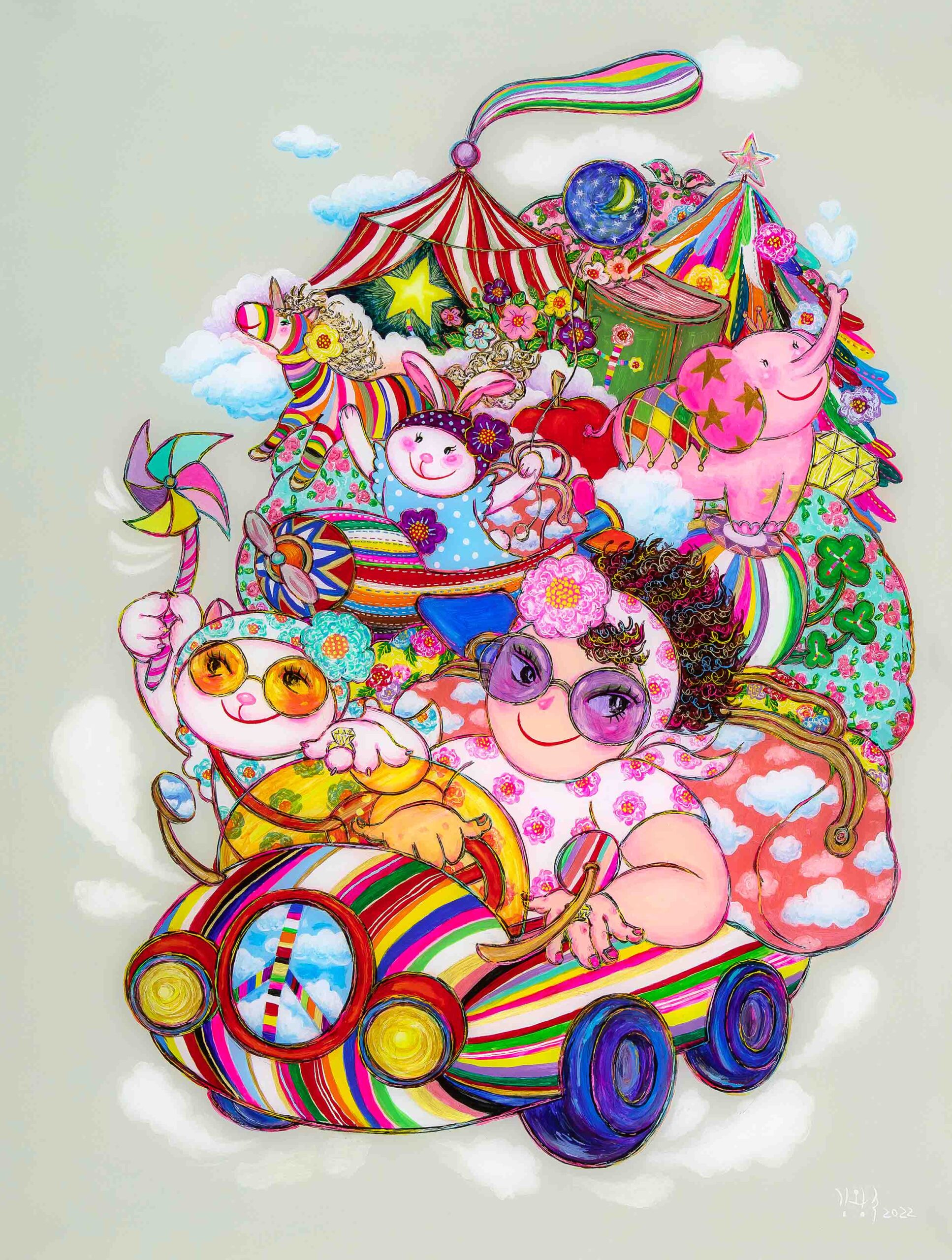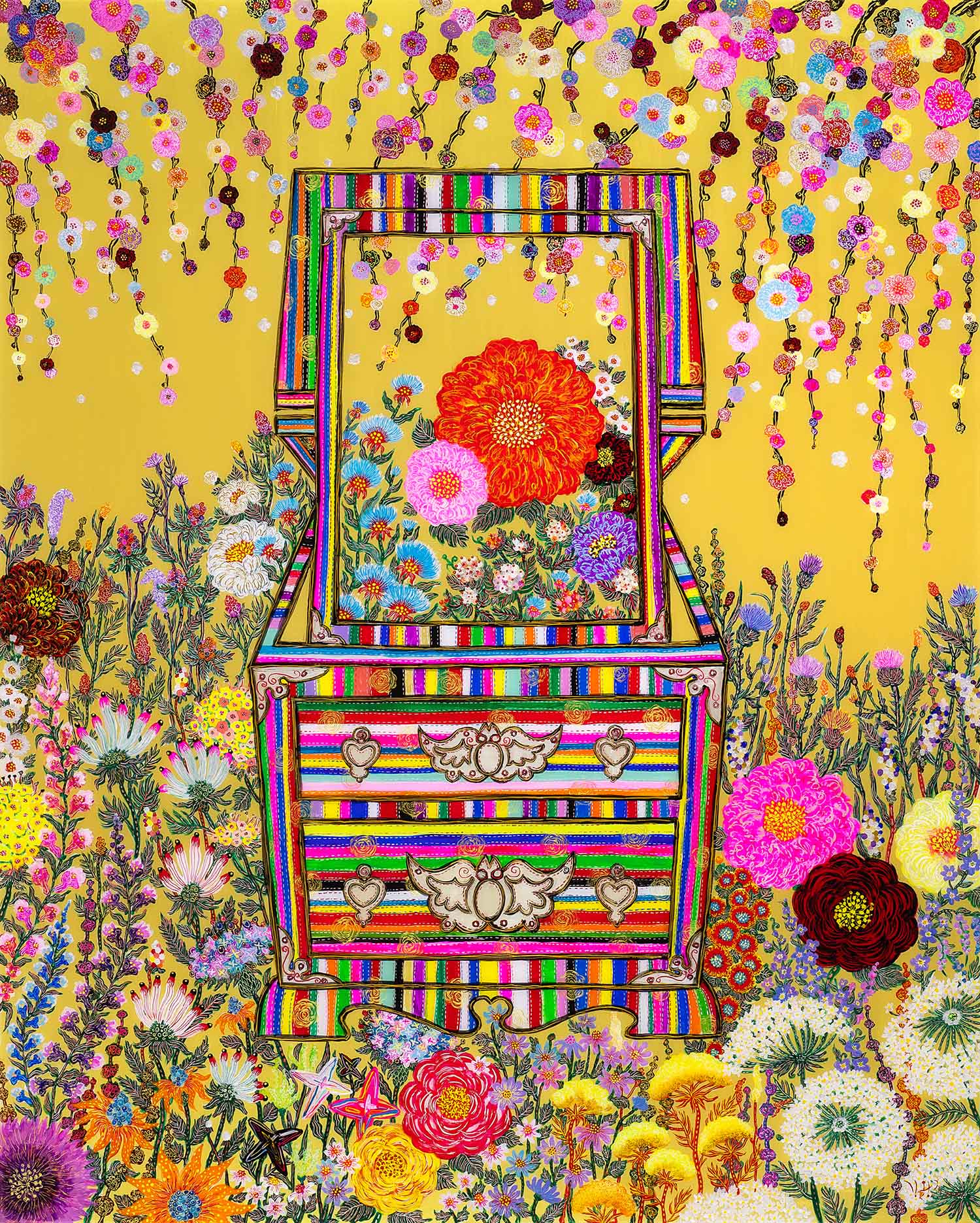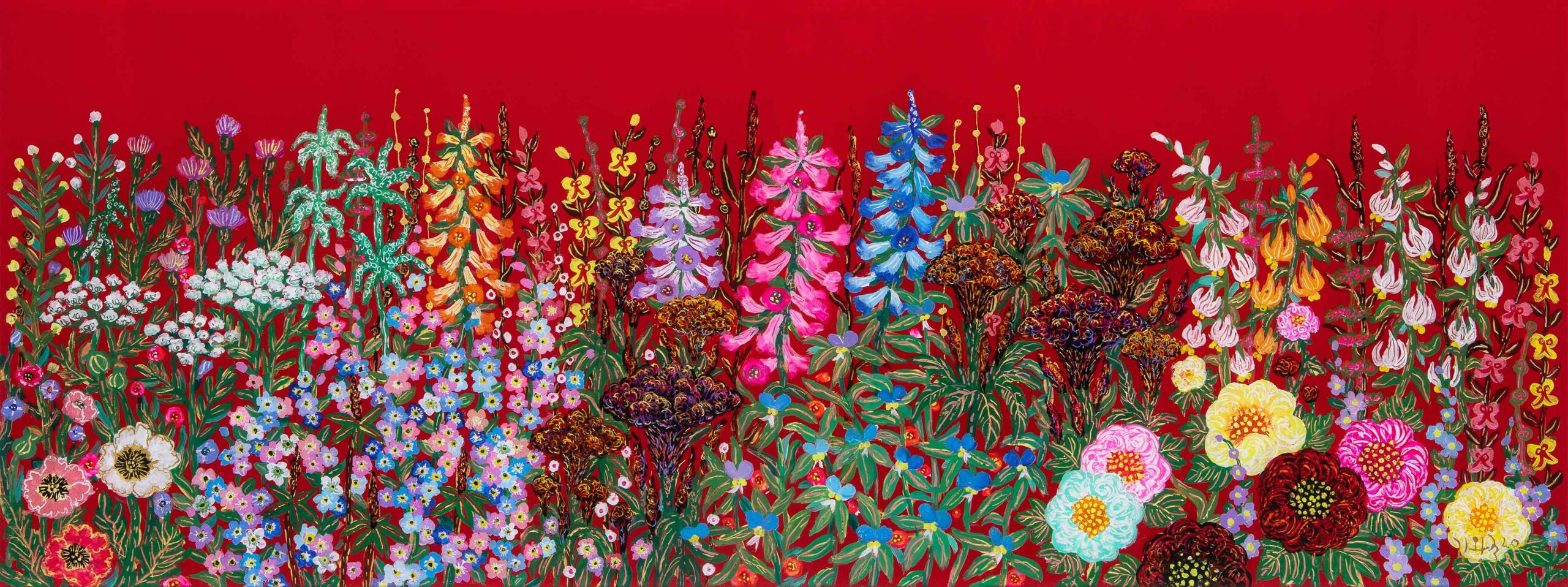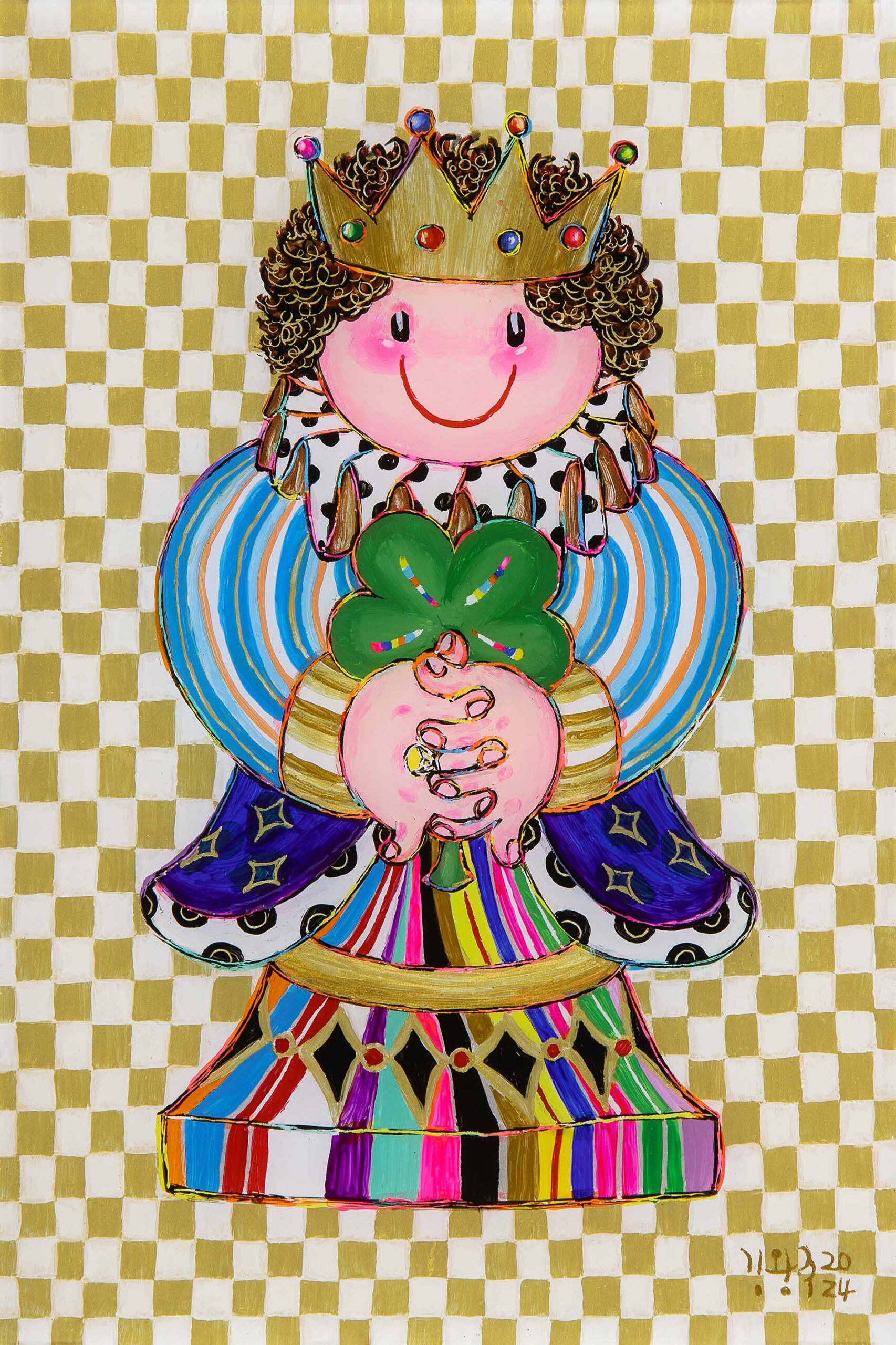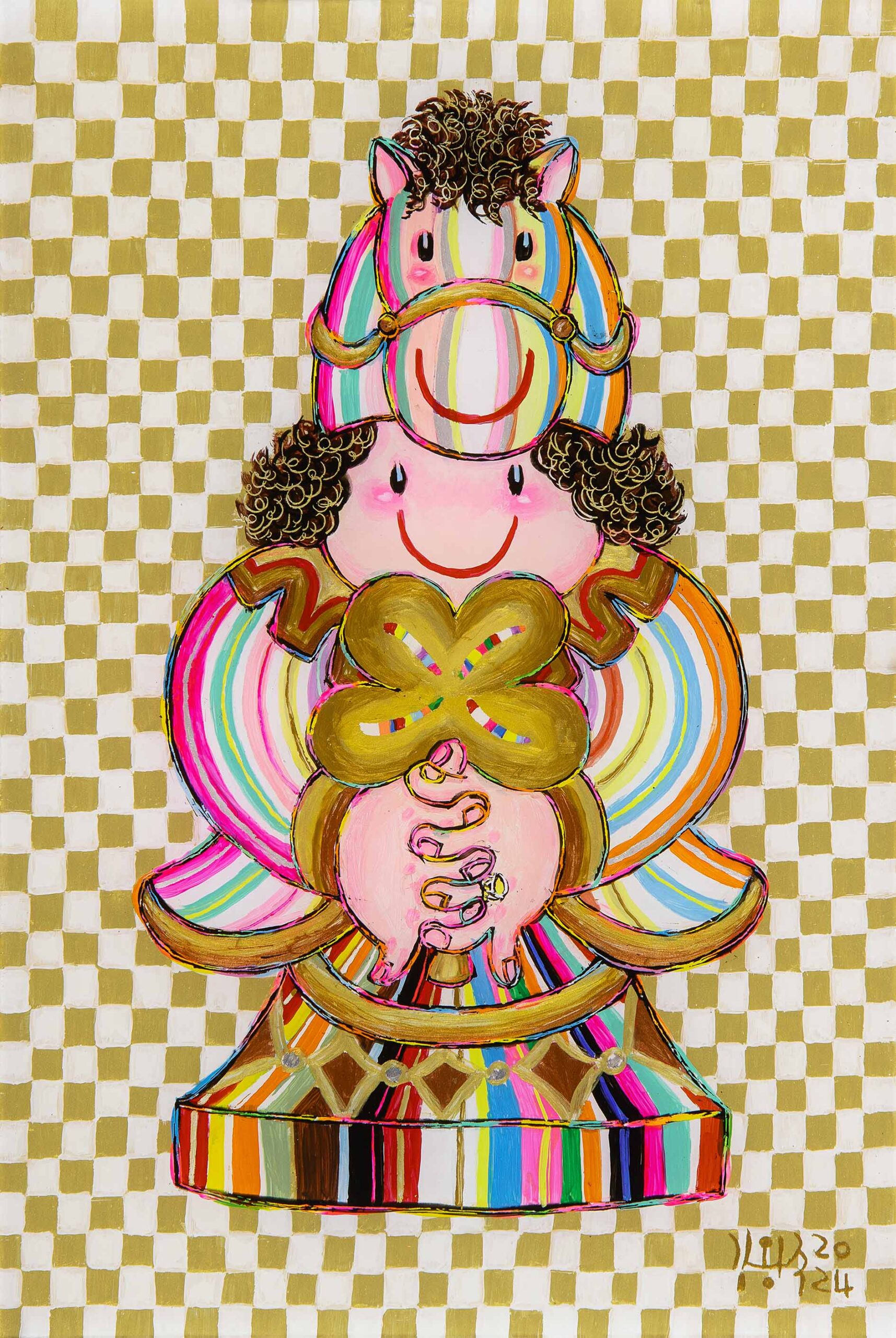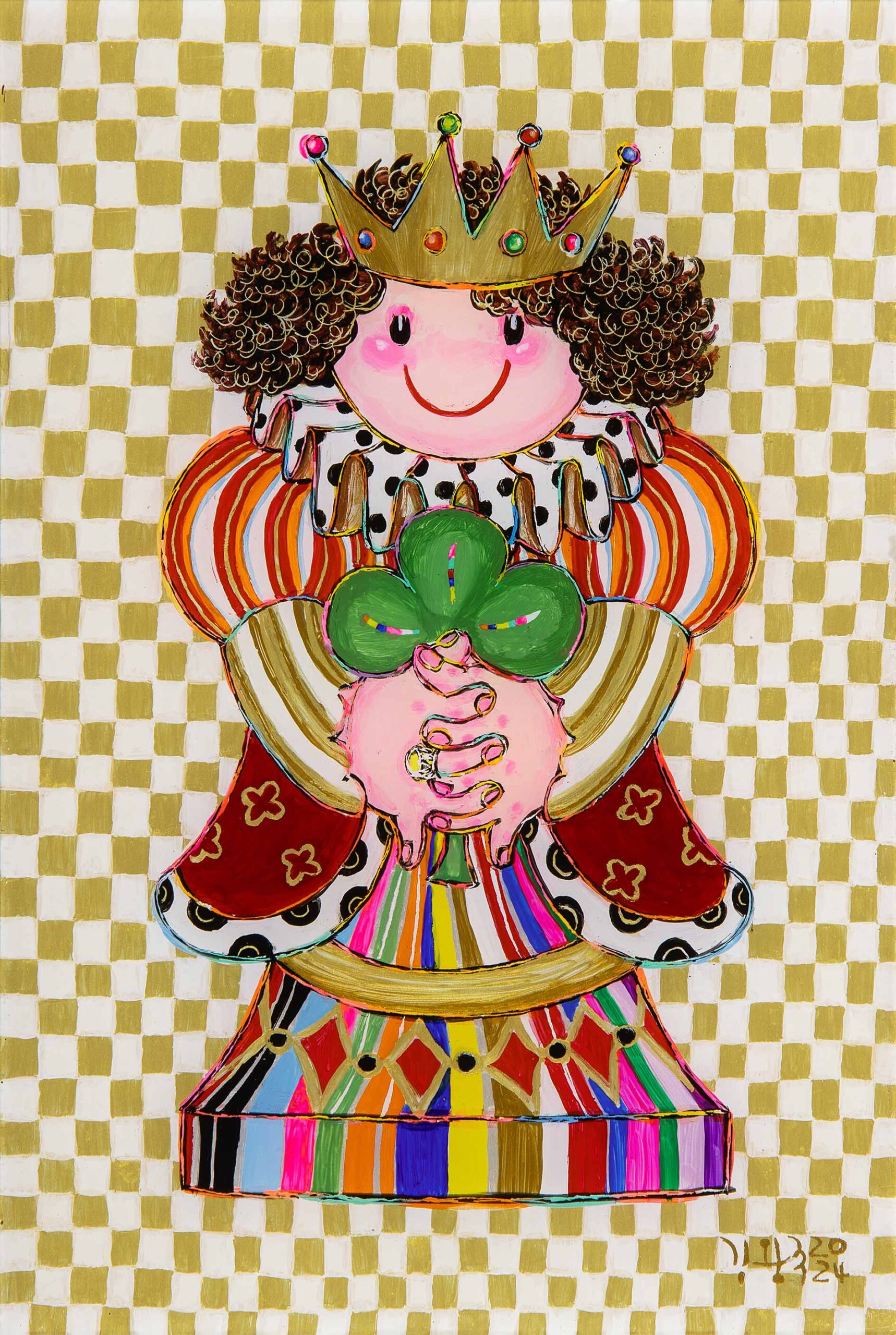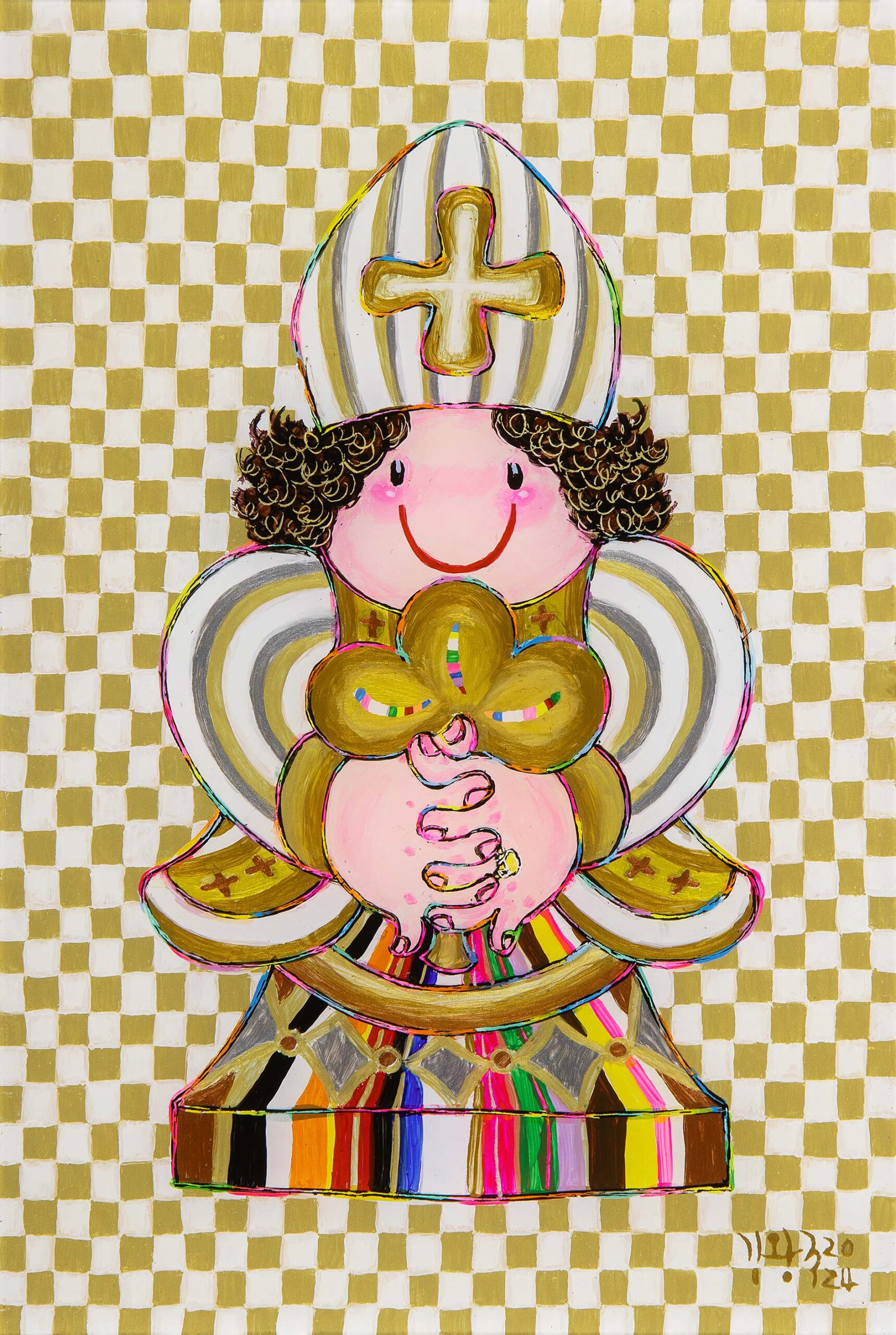Wangju KIM
South Korea
KIM Wangju
Department of Fine Arts, Chosun University, Major in Painting
Exhibition
Solo Exhibitions (10 exhibitions)
2024 "A Windy, Good Day", Gallery Joy, Busan
2023 "A Windy, Good Day", Cultural Space Gangdong Gallery, Gwangju
2021 "A Windy, Good Day", Gallery Joy, Busan
2021 "A Windy, Good Day", Hyundai Department Store (Chungcheong Branch) Gallery H, Cheongju
2019 "A Windy, Good Day", Yangrim Art Museum, Gwangju
2015 "Wind (풍), Wind (원)", Mudeung Modern Art Museum, Gwangju
2010 "Dreaming Me", Lala Mom Cafe Gallery, Gwangju
2005 "Life – Action", Metro Gallery, Gwangju
1998 "Life – Prayer", Hana Bank Cultural Love Project Invitation Exhibition, Kyobo Building, Gwangju
1994 "Life", Bitgoeul Gallery, Gwangju
Group Exhibitions (Over 80 exhibitions)
Current Memberships
Member of the Korea Fine Arts Association
Member of the Gwangju Fine Arts Association
Member of www Contemporary Artists Association
Participated in over 55 group exhibitions
Artist’s Statement
Kim Wangju is known for his innovative painting technique in contemporary art, where he uses transparent reinforced acrylic sheets instead of canvas, painting with acrylic paints. Due to the material’s unique properties, and considering the visible front side, the artist paints all forms in reverse. This technique, developed over time, has become the artist's signature method.
Every one of his paintings features his distinctive "colorful ribbon" palette, with signature series including the Dressing Table, Flower Path, and Indi Series.
The five traditional Korean colors (Red, Blue, Yellow, White, Black) in the colorful ribbon palette symbolize eternal fortune and life.
The Dressing Table Series represents an intimate dialogue with the artist's inner self, capturing a desire for eternal beauty, expressed through vibrant flowers that remain fresh regardless of the seasons.
The Indi Series features a character called "Indi," who is portrayed boldly confronting the world in pursuit of dreams and hope. This series presents a lighthearted, brave, and witty image of Indi, representing a vision that we all had in our childhood—dreaming and hoping without hesitation.

